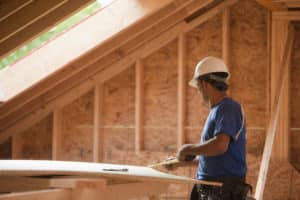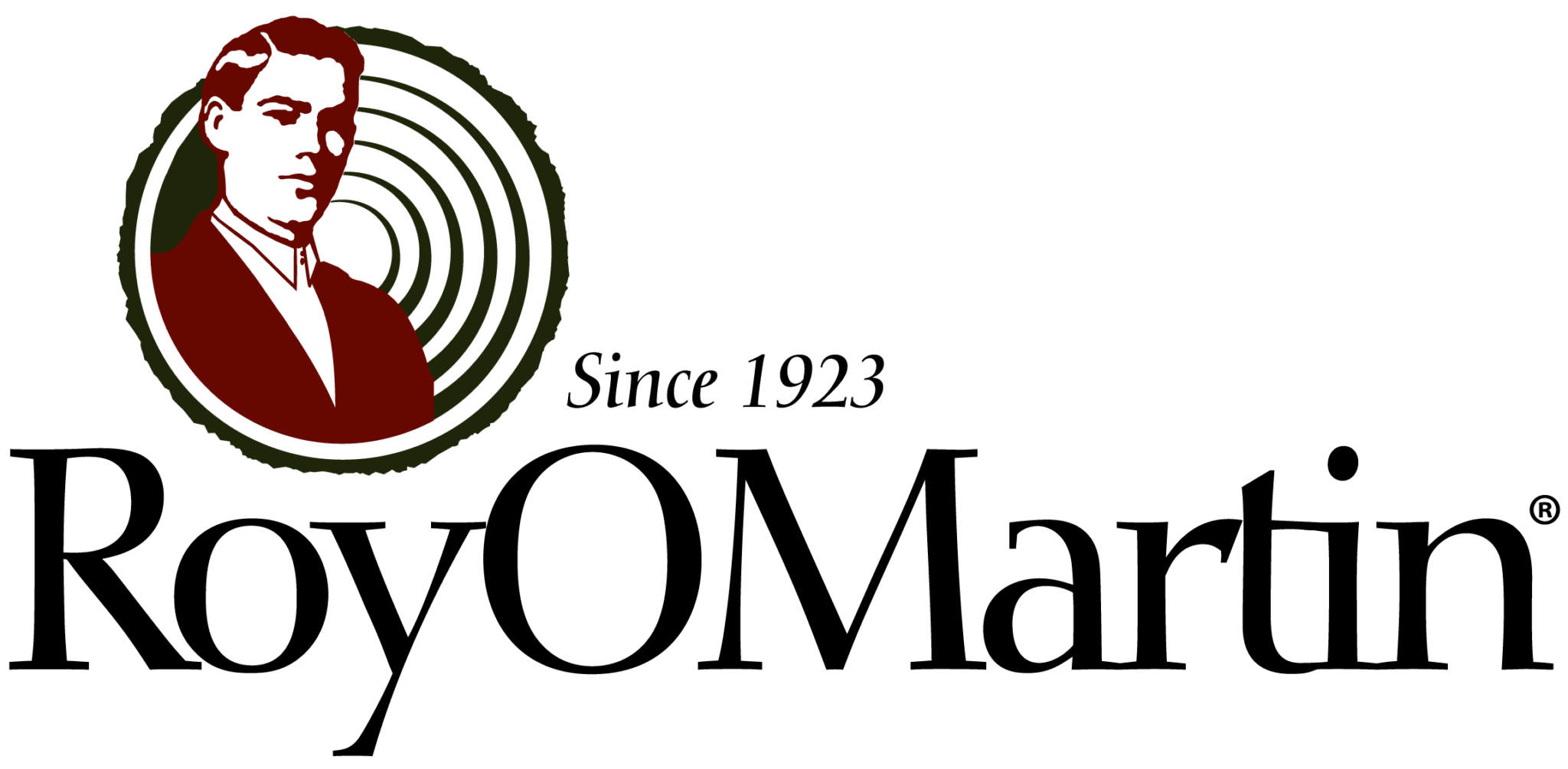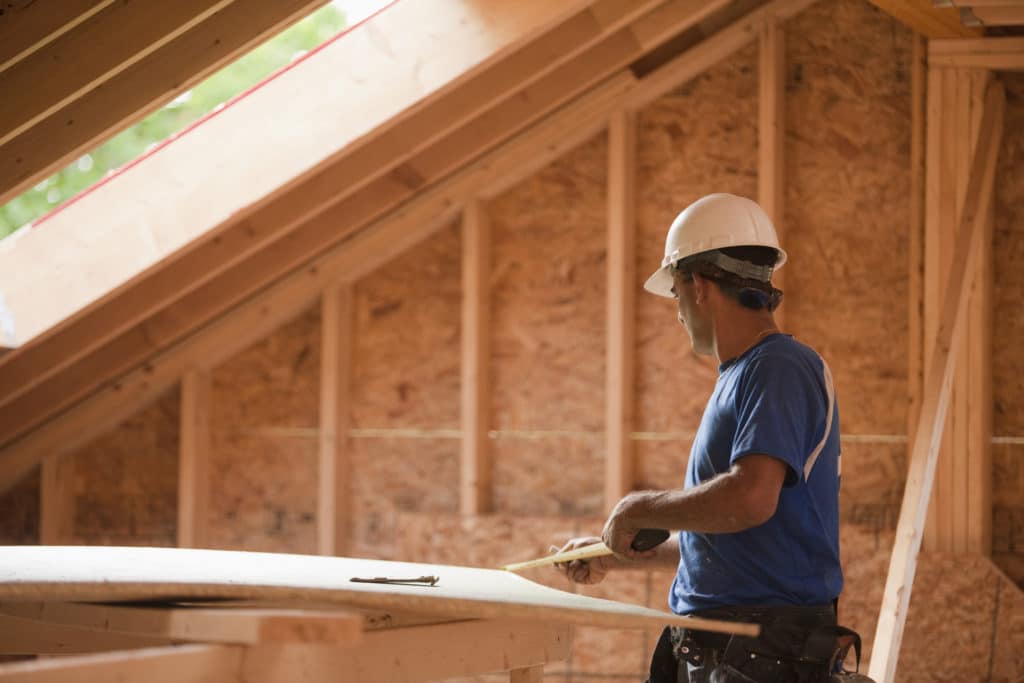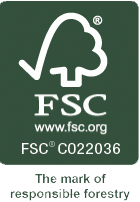Most professionals understand how important of a role roof sheathing plays in construction. It not only provides structural support, but it also provides additional thermal insulation and an extra layer of protection against the elements. With so much riding on the success of your roof sheathing installation, it pays to get this job done right! In this guide, we’ll discuss why roof sheathing matters and provide key tips for a successful installation process to help ensure maximum performance, durability, and longevity. Read on to learn all there is to know about roof sheathing, sheathing materials, and the installation process with RoyOMartin.

How Does Roof Sheathing Work?
Roof sheathing is a layer of wood, plywood, or oriented strand board (OSB) that is placed over the roof rafters and supports the roofing material. It provides a flat, stable surface for the roofing material to be applied to and helps to distribute the weight of the roof evenly across the rafters. It also helps to provide additional insulation from the elements and adds a layer of protection against moisture and pests. The sheathing also acts as a fire barrier and can help to slow the spread of fire from one part of the building to another.
Roof sheathing is a type of structural material that is installed directly on the roof rafters or trusses before any finished roofing material is added. It provides a solid base layer to the structural roof and helps to improve its overall structural integrity. Roof sheathing can be made from a variety of materials, including plywood and oriented strand board (OSB). The sheathing will need to be nailed into place. Sheathing will also help to improve the energy efficiency of a home as it helps to prevent heat and cold air from seeping through the roof.
How to Install Roof Sheathing
Roof sheathing is typically installed by fastening the panels across the rafters with nails that are spaced 8” on center along the edges, and 12” on center in the center of the panel. The sheathing should be spaced 1/8” apart along the edge and end joints for expansion and contraction.
Proper nailing and nail spacing will go a long way for a more aesthetically pleasing finished roof. Finally, the sheathing should be covered with an approved building paper or membrane. Be sure to check the APA Engineered Wood construction guides in addition to your local building codes for current codes or codes specific to your region.
How does Radiant Barrier Roof Sheathing Work?
Radiant barrier roof sheathing is made up of a reflective aluminum film that is laminated to a structural wood panel. The radiant barrier works by reflecting the sun’s energy away from the home and up into the atmosphere. When used properly, it can reduce the amount of heat entering a building. In fact, RoyOMartin Eclipse OSB Radiant Barrier reduces attic temperatures by as much as 30°F. This, in turn, can significantly reduce the amount of energy used for cooling or heating the building. Radiant barrier roof sheathing also acts as a thermal barrier by providing an extra layer of insulation. This insulation can help keep the home’s attic duct work and appliances protected from extreme temperatures.
5 Benefits of Using OSB Roof Sheathing
OSB Roof Sheathing is an ideal choice for a variety of construction projects. Here are five benefits that help it stand out from other materials.
1. Structural Strength
OSB roof sheathing is composed of wood strands that are compressed and held together with wax and a synthetic resin, resulting in an extremely strong and durable material. It is also resistant to delamination and water damage, making it ideal for use in exposed areas such as roof decks.
2. Lightweight
OSB is incredibly lightweight, which makes it easy to install and handle without the need for special equipment. This also helps to reduce the overall cost of materials because fewer laborers are needed.
3. Cost
OSB is typically one of the least expensive sheathing materials available, making it ideal for budget-conscious projects.
4. Eco-friendly
For an environmentally-friendly option, OSB is a great choice. It is made from renewable wood sources and does not require the large amounts of energy that other material manufacturing processes do. This makes it a sustainable choice.
5. Versatility
OSB can be used for a variety of applications and is available in a range of thicknesses and sizes to suit your needs.
5 Benefits of Using Plywood for Roof Sheathing
Plywood is another popular material used for roof sheathing, and for good reason. These five benefits could make it the ideal selection for your next project.
1. Durability
Plywood is a very durable option for roof sheathing, as it can withstand moisture, heavy loads, and high impact. This makes it an ideal choice for roof sheathing in areas that experience extreme weather conditions or areas prone to heavy snowfall.
2. Cost-efficient
Plywood is a cheaper option compared to other unnatural roofing materials, making it a more affordable choice for roof sheathing.
3. Stable
Compared to other roofing materials, plywood is more stable, meaning that it is less likely to warp, buckle, or sag over time.
4. Versatility
Plywood is available in a wide range of sizes and thicknesses, making it a versatile material for roof sheathing. This allows it to be used for a variety of different roof designs and configurations.
5. Energy-efficient
Plywood is a good insulator, as it helps to keep your home cooler in the summer and warmer in the winter. This can help to reduce energy costs, making it an economical choice for roof sheathing.
Roof Sheathing Products Offered by RoyOMartin
RoyOMartin provides roof sheathing options to suit the needs of a variety of projects. Explore our selection of materials to find what you’re looking for.
Eclipse OSB Radiant Barrier– Class “B” fire rating, improves energy efficiency, proven to lower attic temperatures by as much as 30 degrees, lowers utilities bills, available in 8’ and 10’
TuffStrand Extended Length OSB – excellent dimensional stability and surface uniformity, variety of lengths saves time on labor and material costs, strong and durable
Struct1 – designed to minimize racking and shifting from seismic activity, flexes and absorbs shock under extreme conditions, available in 8’, 9’ and 10’ panels
SmartCore Rated Sheathing – made of southern yellow pine for the greatest strength and stiffness, ideal for a variety of applications
In addition, all of RoyOMartin’s products are available Forest Stewardship Council® (FSC) certified. This means the materials meet strict FSC® standards for responsible harvesting, working toward a sustainable future.
Find the Right Roof Sheathing Materials for Your Next Project
All in all, roof sheathing is an essential component when it comes to building a durable home. There are several materials and types of roof sheathing available, making it important to understand the differences for your project. Ultimately, the best material depends on the requirements and the purpose of each particular job.
Having said that, RoyOMartin provides a range of sheathing solutions to ensure you always get top-quality products for your project. If you’re looking for premier roof sheathing materials or need extra guidance on choosing the right one for your upcoming project, we’re here for you. Call 1-800-299-5174 or contact us online to get started. Get the right roof sheathing materials for your next project from RoyOMartin!







